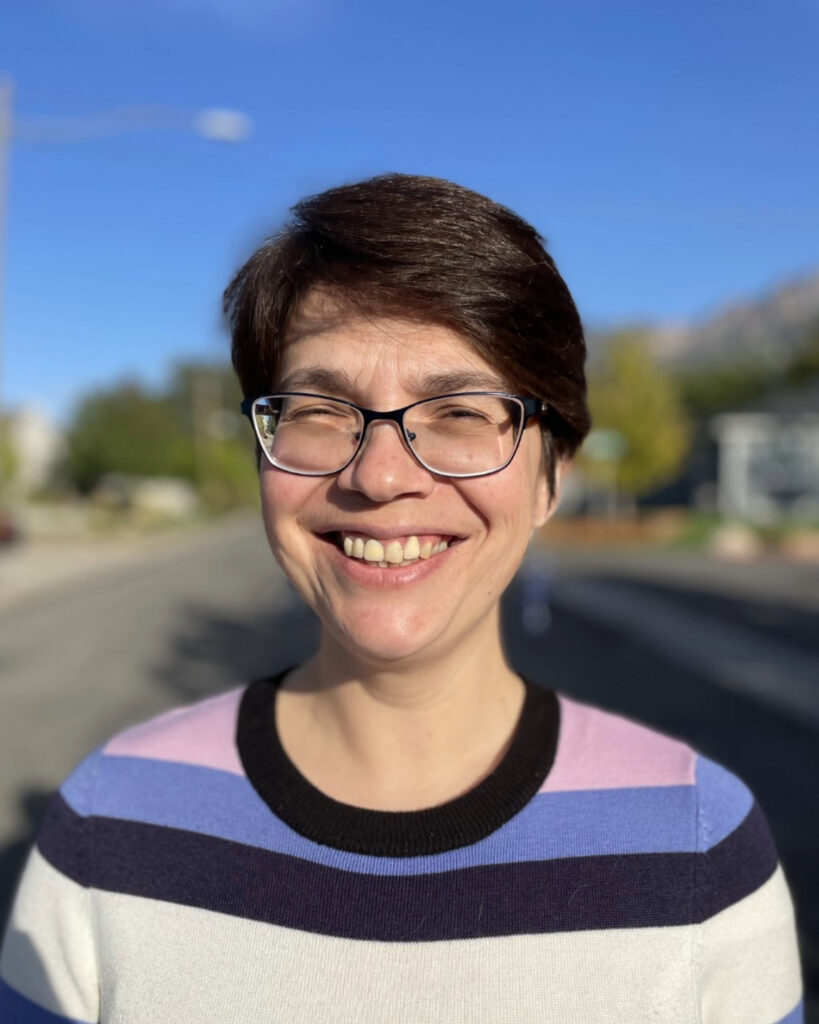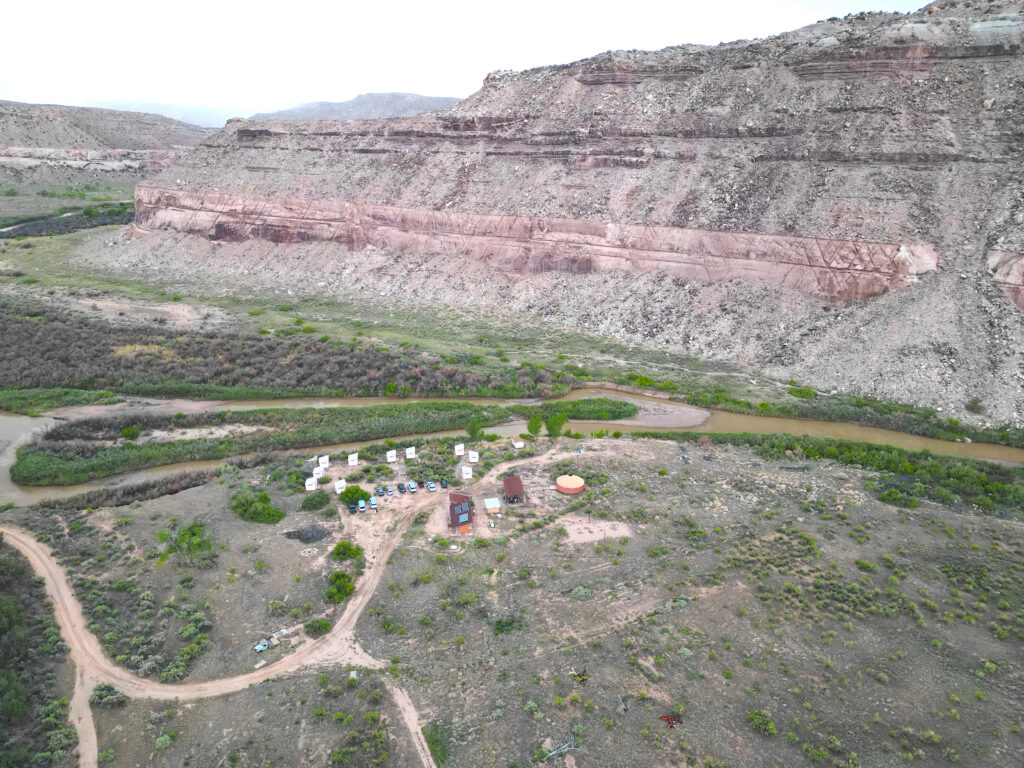New Math Faculty
June 11, 2025
Above: Assistant professors Uri Shapira (left) and David Schwein
The Department of Mathematics is hiring a bumper crop of new faculty members for the 2025-26 academic year. Two of them are profiled here: Uri Shapira and David Schwein.
Knowing your audience: Uri Shapira
“When wearing the teacher’s hat and not the researcher’s, I believe it is my job to give service. I do not look at myself; I look at the people in class that I currently serve. It’s an attitude that says ‘Ok, let’s look and see what is best for this audience.’”
This is the approach that Uri Shapira takes towards teaching his classes. He’s well aware there is no one-size-fits-all approach that students can learn from, as different students are going to learn in fundamentally different ways. As Shapira describes, a biologist doesn’t need to understand the history of a formula or how it was developed. They just need to know how to use it as a tool. So give them the tool, teach them how it works and where to apply it.
But a math major would benefit from that history, understanding what the original problem was and how a new tool was created to solve it. And by understanding that process —how such discoveries came to be — students will be better suited to make their own breakthroughs in the future.
It’s a refreshing and realistic approach to teaching, inspired by a lifetime of exposure to mathematics. Introduced to the subject by his older brother, Shapira would go on to graduate from the Hebrew University of Jerusalem then spend his postdoc at ETH Zurich, which paved the way for a faculty position at Technion-Israel Institute of Technology. He brings over a decade of teaching experience, paired with research into how questions in number theory can be approached with the tools of dynamical systems.
Be it the researcher or the teacher, Uri Shapira fully devotes himself to playing whichever role is before him. After a lifetime of being inspired by mentors and colleagues, he looks forward to contributing to the U’s math community in kind, to learn, to research and to provide the invaluable service of teaching.
Community and Utility: David Schwein
We’ve all heard the stereotypes about math: That it’s a study exclusively for prodigies, that it’s an isolated career. And then there is the classic complaint of “When am I going to use this?”
But in reality, such complex studies need communication and communities to work alongside them. As for utility, the problem-solving skills math develops are incredibly useful to any walk of life.
These are the kind of ideals David Schwein hopes to impart to his students.
An assistant professor at the University of Utah, Schwein is fresh off a postdoctoral research journey across Europe, starting at Cambridge and ending at the University of Bonn in Germany His research primarily deals with symmetry, using the Langlands program to study connections between the representation of p-adic groups, number theory and Galois theory. Across this educational arc he’s traveled to almost 20 countries, giving him a wide range of exposure to how math is approached across the globe.
This experience is not unique in the world of math, as Schwein describes “an interesting and stimulating community in this field, all across the globe, that is all working on various aspects of a single problem”— an international network of professional puzzle solvers who can (and usually need) to work together to pursue new breakthroughs. It’s an aspect of the field that often goes unnoticed in what he calls the stupor of complicated lectures, which Schwein hopes to avoid. “You’ve got to break students out of that stupor and get them communicating about ideas, coming up with examples,” he says. “It helps if they’re a little skeptical, questioning how something can be true. I’m looking forward to helping students see the beauty and structure of math, how it’s another science that tells us about the real world.”
With experience teaching both introductory and high-level courses in multiple cultures, Schwein is well equipped to start teaching number theory and complex analysis in the fall. Having grown up in Denver, Colorado, he’s happy to return to his roots in the Rocky Mountains and is eager to explore the beautiful natural environments Utah has to offer.
by Michael Jacobsen




